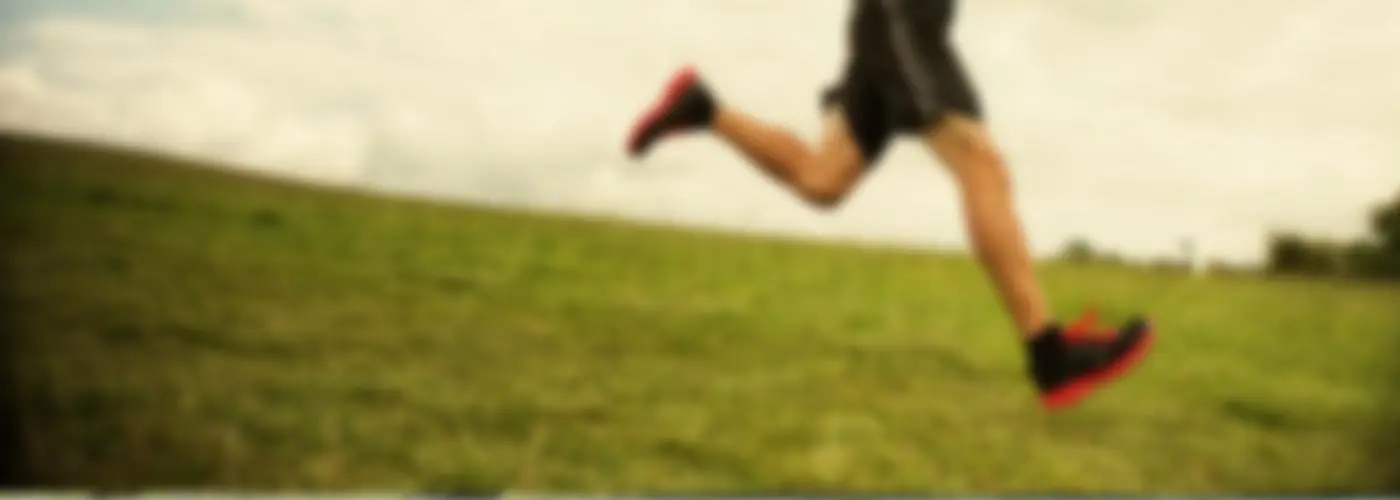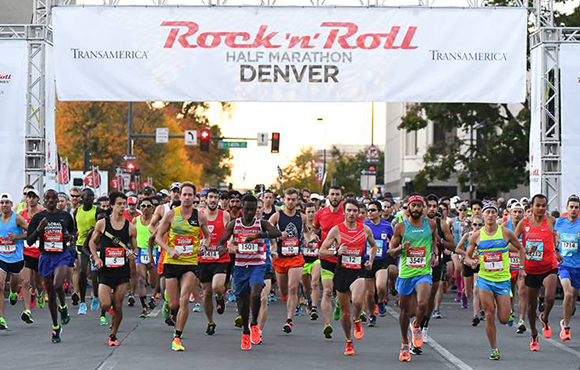These seven tips will help you break your personal race records without dreading the workouts.
Play Around With Speed
1 of 8
"One thing people don't do enough is play around with different speeds," says Jason R. Karp, Ph.D., San Diego-based running coach and author of 101 Developmental Concepts and Workouts for Cross Country Runners. "If you go out and jog every workout at the same speed, you'll simply get good at going that speed."
But, Karp says, "If you do intervals or fartleks (unstructured periods of going faster and slower) during a run, you'll learn what it feels like to run fast."
Karp also recommends doing strides at the end of the run. Strides are 20 to 30 seconds of running faster—not quite a sprint, but a controlled effort that's quicker than your normal run.
Find:
Your Next RaceGet the Stress Out
2 of 8
"To run fast, you have to remain relaxed," says Todd Weisse, cofounder and head coach at the Williamsburg Track Club (Brooklyn and New York City) and a volunteer assistant coach at Columbia University.
"When the jaw, face, arms and limbs start to tense up, there's deceleration," Weisse says. "You can either do your workout with pinched eyes and a scrunched-up face, or through a nice, relaxed face and a nice, relaxed jaw."
Relax your face and let your legs do the work.
Find:
Your Next RaceGet Off Your Heels
3 of 8
"Too many people strike the ground on their heels. That engages a braking mechanism that conflicts with running fast," says Weisse, who's coached many recreational runners to complete marathons. "Speed starts with a forefoot strike," he says, "this allows you to spend less time in contact with the ground and move over it faster."
Changing from landing on your heel to landing on your forefoot doesn't happen overnight (and it's not a bad idea to grab yourself a coach to help you do it). Get the feel for landing on your toes by jumping rope or skipping, then try to incorporate that feel into your run—but don't try to do your whole run that way tomorrow.
"There's a cost to the calf when you make that change. It's never really been used that way and will be sore. Make the switch slowly and practice landing on the forefoot over and over again. It takes two or three months, but it's completely worth it," Weisse says.
Find:
Your Next RaceStay Off the Ground
4 of 8
"A lot of new runners spend a lot of time on the ground and let their weight settle into every step," Karp says.
Counter that with drills that help you generate a "pop" off the ground as soon as you make contact with it. A great one, according to Karp: hopping up bleacher steps on one foot.
Find:
Your Next RacePush Down and Back
5 of 8
"To run fast you need to apply force in a horizontal way," Weisse says. Bounding around a track doesn't get you around it faster; it just makes you more tired.
Think about it like this: If you wanted a plane to move horizontally, you wouldn't place the engines vertically. So when you run, Weisse says, "focus on pressing your forefoot down into the track and pressing back through the foot and activating your glutes as you push off so you're moving down the track horizontally."
Find:
Your Next RaceWatch the Pros
6 of 8
One of the best ways to get your running form right and your speed up is to watch great runners.
"All baseball fans know who Derek Jeter is, but most runners don't know who the running pros are, like Paula Radcliffe or Shalane Flanagan," Weisse says. "We encourage our runners to watch and imitate the athletes who are the great craftspeople of our sport."
Find:
Your Next RaceBe Consistent
7 of 8
When it comes to running faster, more frequent short runs are better than one longer run, Karp says.
A lot of the adaptations your body is making are neuromuscular, and the more times you practice the right form, the more it becomes ingrained, and the easier it will be to run fast during your next race.
Find:
Your Next RaceGet ACTIVE on the Go


Couch to 5K®
The best way to get new runners off the couch and across the finish line of their first 5K.
Available for iOS | Android






Discuss This Article